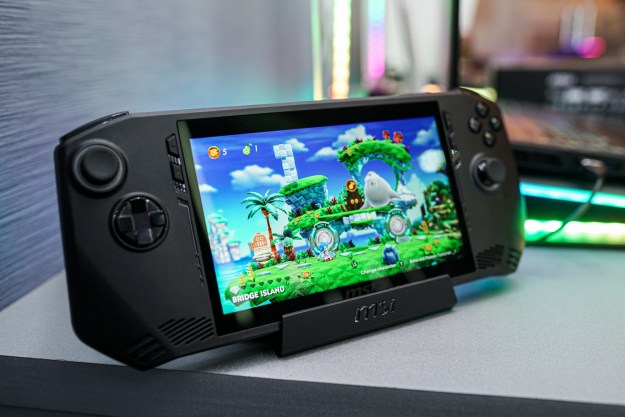 The Federal Communications Commission (FCC) will unveil a proposal this week that would expand broadband access to rural areas, The New York Times reports.
The Federal Communications Commission (FCC) will unveil a proposal this week that would expand broadband access to rural areas, The New York Times reports.
Through what’s known as the Universal Service Fund, telecommunications companies already receive $4 billion per year in subsidies — the money for which is collected by the federal government through a surcharge on phone bills — to provide phone access to remote and impoverished communities. This round of proposed changes, for which the FCC is expected to vote on Tuesday, would require the money be spent on connecting the these communities to high-speed Internet, instead of just phone lines.
The FCC chairman, Julius Genachowski, will reportedly deliver details about the proposal to change the fund’s rules later today. But some details of that speech have already leaked.
According to a draft of the speech acquired by the Times, Genachowski says the current Universal Service Fund is “unsustainable” because it was “designed for a world with separate local and long-distance telephone companies, a world of traditional landline telephones before cellphones or Skype, a world without the Internet — a world that no longer exists.”
“At the end of this transition, we would no longer subsidize telephone networks; instead we would support broadband,” Mr. Genachowski is expected to say. If passed, the new rules would allow cable companies to dip into the fund, along with land line and wireless companies.
Currently, the nation’s leading phone companies — AT&T and Verizon — receive the most total dollars from the fund. For smaller, local telecom companies, like CenturyLink and Windstream Corp., however, the federal money contributes to a much larger portion of their annual revenue.
If the FCC enacts the plan, it would set in motion a transformation of the nation’s digital infrastructure, one that would better support the building and maintenance of a network that would be capable of handling both high-speed Internet connections, as well as voice call services.
This proposal is only the most recent in a long line of Internet-centric initiatives at the FCC.
In addition to its efforts to define net neutrality rules, the FCC is moving forward with plans to develop the use of “super Wi-Fi,” which is broadcast over the airways, and is accessible within a 50 mile radius of the point of transmission — something that might be handy when trying to get Internet to rural areas.


